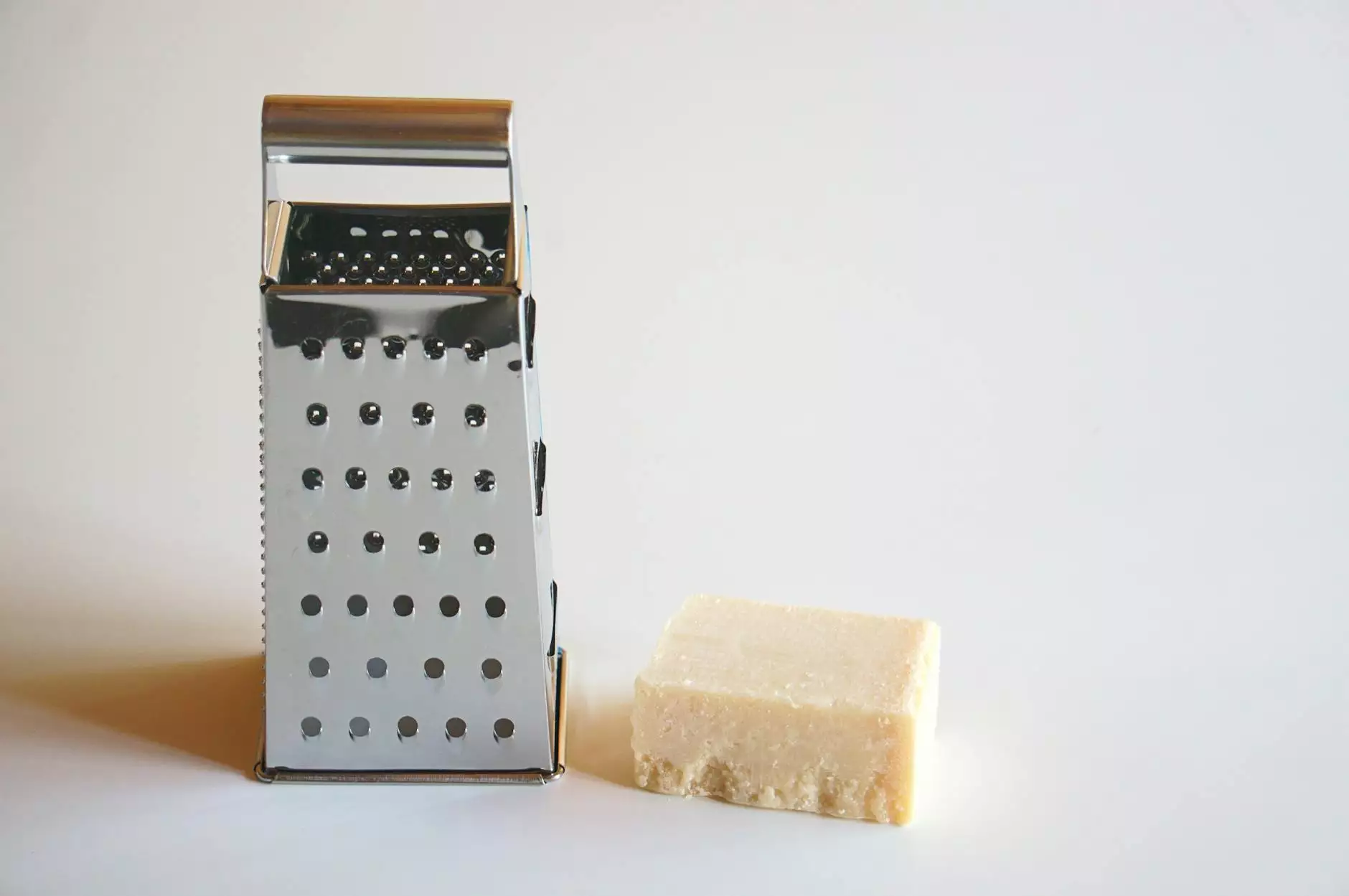Understanding What Causes Phones to Overheat

In today's fast-paced digital world, our smartphones have become essential tools for communication, entertainment, and information access. However, many users have experienced the frustration of their devices overheating. This guide will explore what causes phones to overheat, helping you understand the underlying reasons and how to mitigate potential risks.
1. The Basics of Smartphone Overheating
Overheating occurs when the internal temperature of your smartphone exceeds its operating limits. This phenomenon can lead to diminished performance, battery damage, and in severe cases, hardware failure. Understanding the mechanics behind overheating is crucial for every smartphone user.
1.1 How Does Smartphone Temperature Work?
Smartphones generate heat as they perform various functions. Every part of a smartphone, from the processor to the battery, emits some level of thermal energy. It's essential to recognize that a little heat is normal; however, consistent overheating is a cause for concern.
2. Major Causes of Overheating
Several factors contribute to the overheating of smartphones. We will delve into the primary causes, categorizing them into internal and external sources.
2.1 Internal Factors
- Processor Overload: The CPU and GPU in smartphones are integral to performance. High-demand applications such as gaming, video editing, or multitasking can push these components beyond their limits, generating excessive heat.
- Battery Issues: Lithium-ion batteries can become hot during charging or heavy usage. Faulty batteries or using non-original chargers can exacerbate this issue, raising safety concerns.
- Software Glitches: Bugs and poorly optimized applications can cause background processes to consume unnecessary resources, leading to increased heat generation.
- Overheating due to High Screen Brightness: Keeping your screen brightness at maximum can significantly raise the temperature of your device, especially in high ambient temperatures.
2.2 External Factors
- Environmental Conditions: Using a smartphone in direct sunlight or in hot environments can lead to immediate overheating. Always be mindful of your surroundings.
- Protective Cases: While cases offer protection, they can sometimes trap heat, preventing proper ventilation. Opt for breathable materials when choosing a phone case.
- Charging Habits: Charging your phone overnight or using it while charging can result in heat buildup. Consider optimizing your charging routine to prevent overheating.
3. Symptoms of Overheating
Recognizing the signs of an overheating phone is critical for timely intervention. Here are some common symptoms to watch out for:
- The phone feels unusually hot: If it’s warmer than usual during regular use, take precautions.
- The device performs sluggishly: Overheating can lead to lagging, app crashes, and delayed responses.
- Rapid battery drain: If your battery seems to deplete unusually fast, this can be a sign of overheating.
- Warning Notifications: Many smartphones will display a warning during extreme temperature conditions, advising the user to cool the device.
4. Preventive Measures to Avoid Overheating
To maintain your device's performance and longevity, follow these guidelines to avoid overheating:
4.1 Optimize App Usage
Regularly check application usage and close unnecessary apps running in the background. Limit the use of high-energy applications, especially for prolonged periods.
4.2 Manage Device Settings
Lower your screen brightness when not needed and enable battery-saving modes to help your phone manage its resources better.
4.3 Regular Software Updates
Keep your device updated to ensure that you are utilizing the latest software optimizations and bug fixes which can help in reducing overheating issues.
4.4 Use Quality Accessories
Opt for original chargers and cables. High-quality accessories will minimize risks associated with overheating during charging.
4.5 Allow Ventilation
Avoid using your smartphone while it’s charging, and don’t leave it in hot places such as inside a car or under direct sunlight. Keep your device away from heat sources to enhance its natural cooling.
5. What To Do If Your Phone Overheats
If you find yourself in a situation where your phone has started to overheat, here’s what you should do:
- Power Off: Immediately turn off your smartphone to prevent any damage.
- Remove Any Cases: Take off any phone cases that may be trapping heat.
- Let It Cool: Place your device in a cool, shaded area and allow it to return to a normal temperature.
- Check for Damage: Once cooled, inspect your smartphone for any visible signs of damage or malfunctions.
- Consult a Professional: If overheating persists, consult technical support or a qualified technician.
6. Conclusion
Understanding what causes phones to overheat is vital for every smartphone owner. By recognizing the signs, managing device settings, and following preventive measures, you can safeguard your smartphone’s functionality and longevity. A well-maintained device not only enhances your experience but also protects your investment. Knowledge is power in the realm of technology – stay informed, stay cool!









